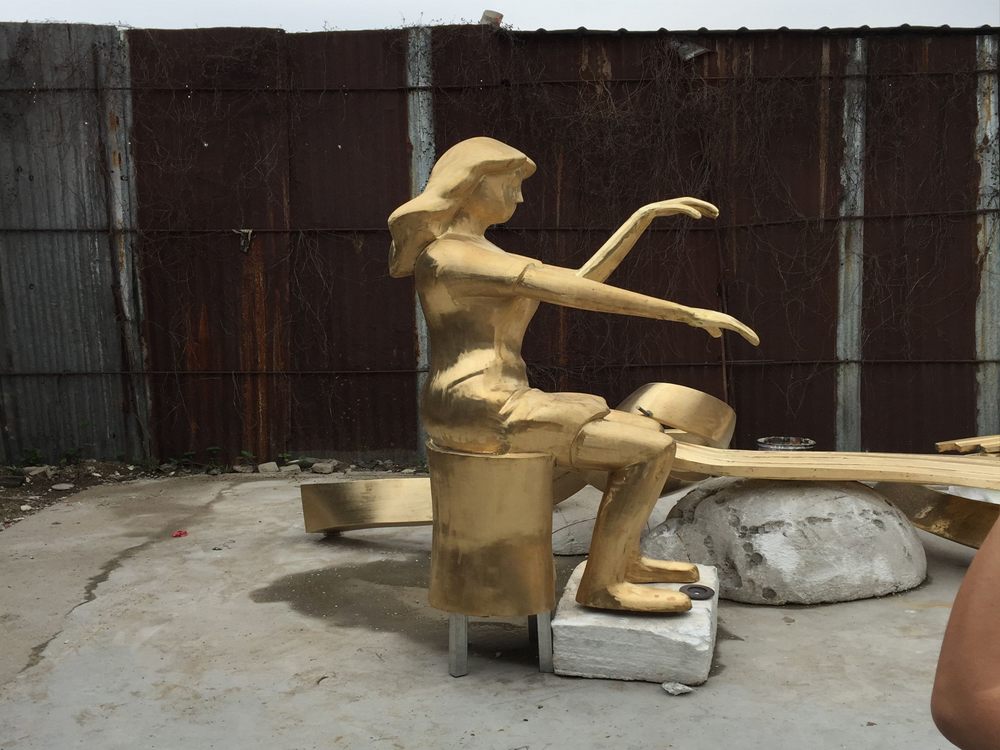
Porcelain sculptures have long served as a medium for artistic expression, but they also reveal the shifting dynamics of women's roles in ceramic arts. Historically, women were often relegated to supporting roles in pottery production, such as decorating or glazing, while men dominated the technical aspects of shaping and firing. However, porcelain sculptures from different eras showcase how women gradually claimed their space as creators and innovators.
In the 18th and 19th centuries, porcelain figurines frequently depicted idealized feminine forms, reflecting societal expectations rather than women's artistic agency. By the 20th century, female ceramic artists began using porcelain to challenge norms, creating bold, abstract works that redefined the medium. Contemporary artists like Magdalene Odundo and Shio Kusaka continue this legacy, using porcelain to explore identity, culture, and femininity.
The evolution of porcelain sculptures parallels women's growing influence in ceramic arts—from anonymous decorators to celebrated masters. Today, these delicate yet durable works stand as testaments to both artistic skill and social progress, proving that clay can carry powerful messages about gender and creativity.

